
Short lessons, big legacies. Your collection of the world’s greatest historic events and figures.
13 subscribers
How to get URL link on X (Twitter) App


 Like many things Rome did, it had no hesitation in adopting what worked (Let's call it cultural appropriation at its finest).
Like many things Rome did, it had no hesitation in adopting what worked (Let's call it cultural appropriation at its finest).

 The year is 1963.
The year is 1963.
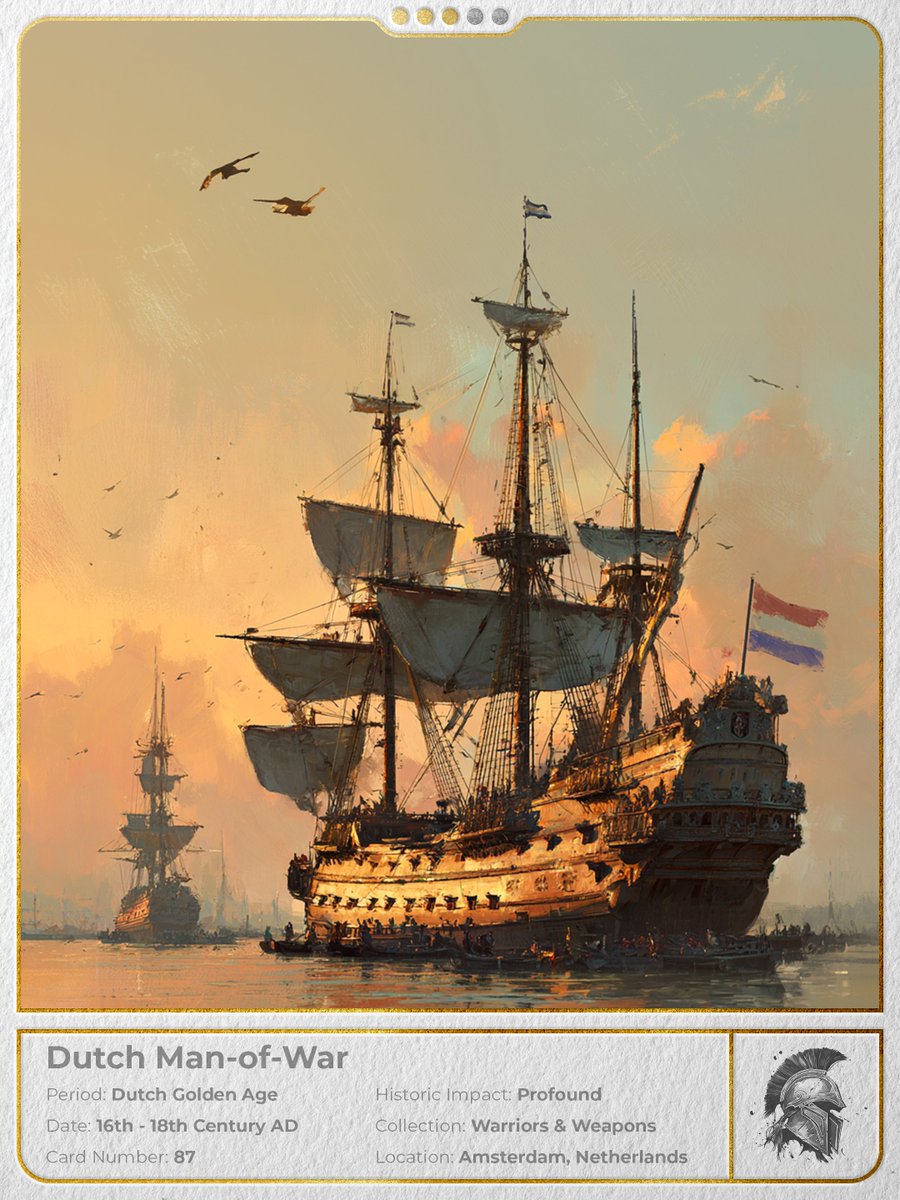
 In the 16th century, the Dutch fought for survival against the Spanish.
In the 16th century, the Dutch fought for survival against the Spanish.

 In 1941, when Germany invaded the Soviet Union during Operation Barbarossa, the Wehrmacht quickly encountered the devastating effectiveness of the Soviet medium T-34 tanks.
In 1941, when Germany invaded the Soviet Union during Operation Barbarossa, the Wehrmacht quickly encountered the devastating effectiveness of the Soviet medium T-34 tanks. 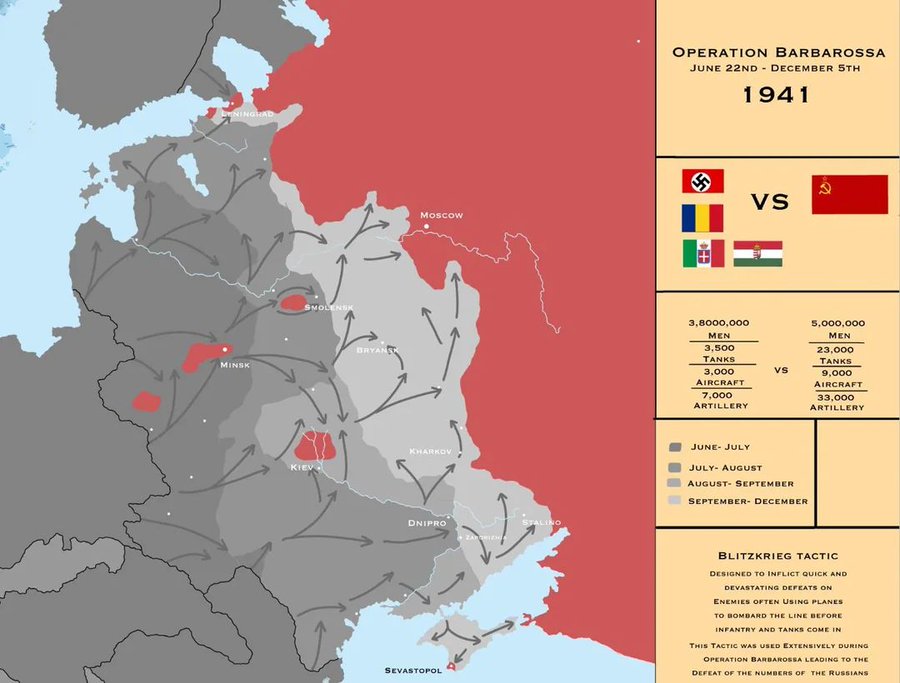

 The year is 600 BC.
The year is 600 BC.

 The year is 480 BC and the Persian Empire returns to Greece.
The year is 480 BC and the Persian Empire returns to Greece.

 The year is 52 BC.
The year is 52 BC.

 It all started In 1972, when the world watched in horror.
It all started In 1972, when the world watched in horror. 

 Before there was “Uncle Sam.”
Before there was “Uncle Sam.”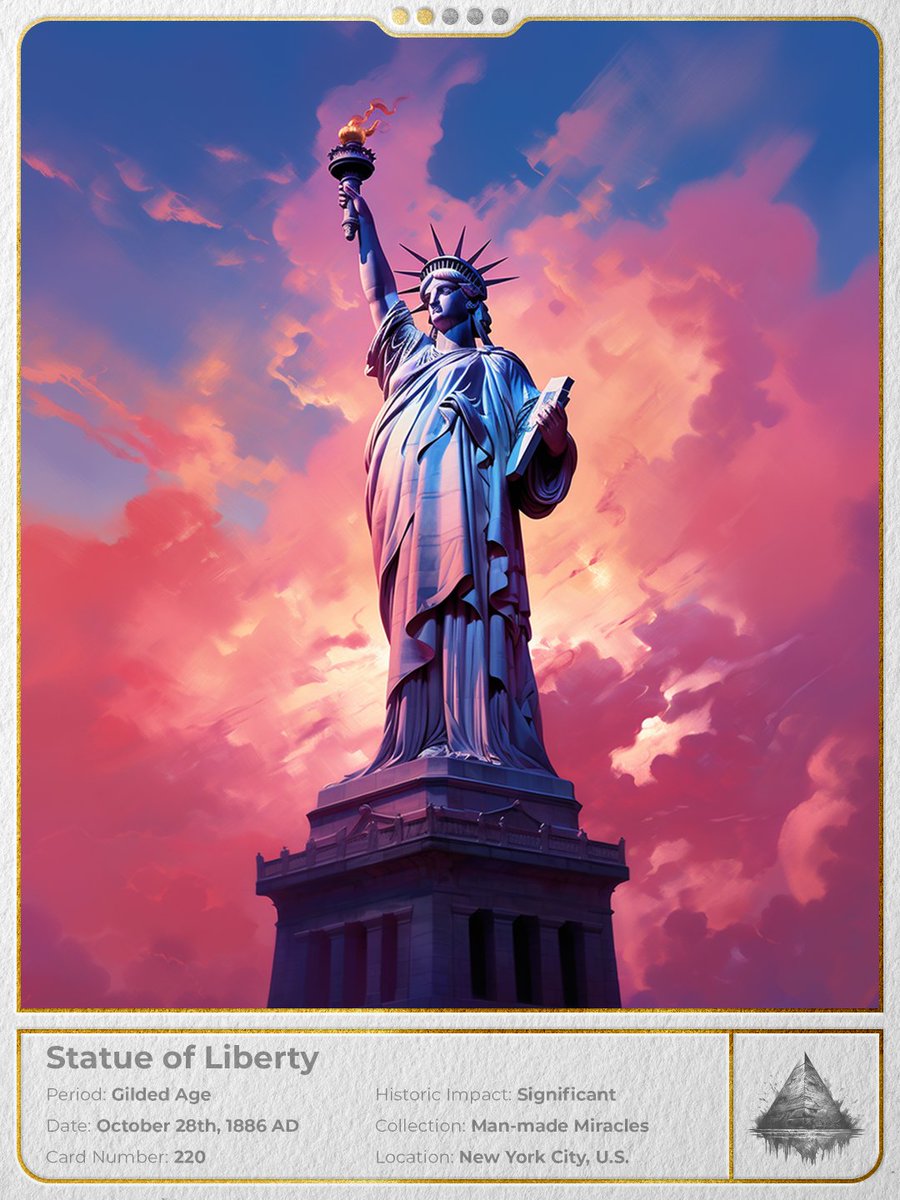

 It is the 12th century AD and the Ayyubids Sultunate is ruling Egypt and Syria.
It is the 12th century AD and the Ayyubids Sultunate is ruling Egypt and Syria.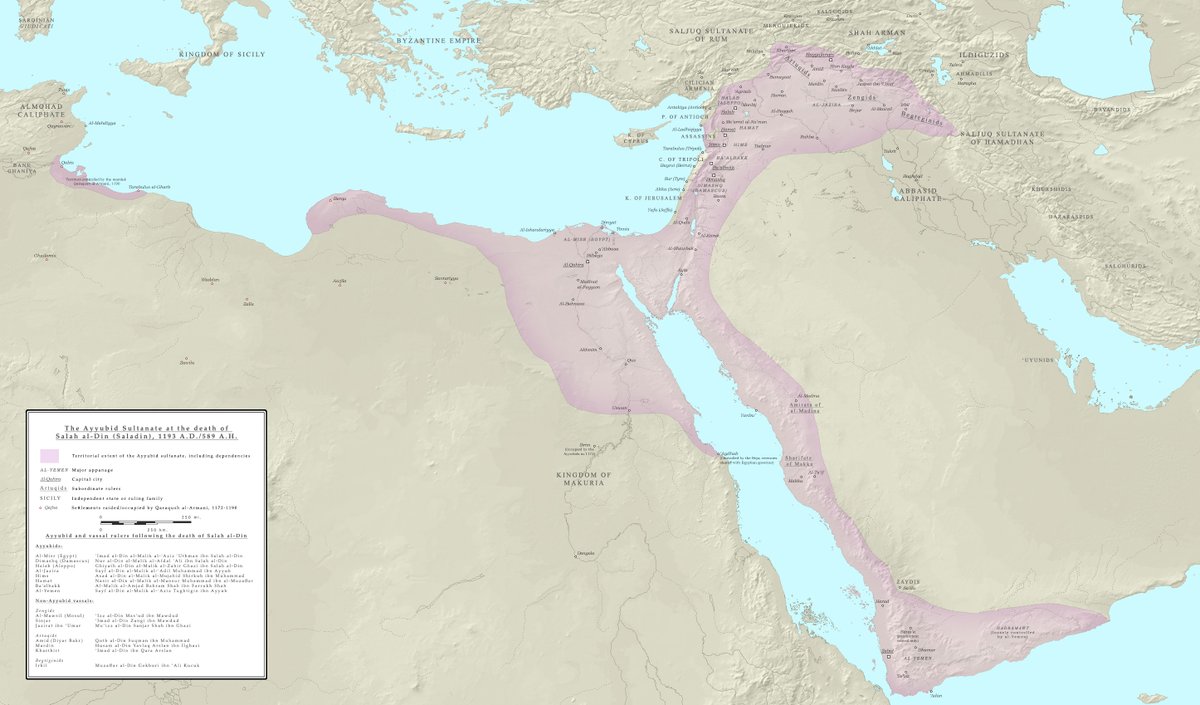

 If we want to understand why Alaric put Rome to the torch we first have to look at the society and context he grew up in.
If we want to understand why Alaric put Rome to the torch we first have to look at the society and context he grew up in.
 The year is 1478 in Florence.
The year is 1478 in Florence.
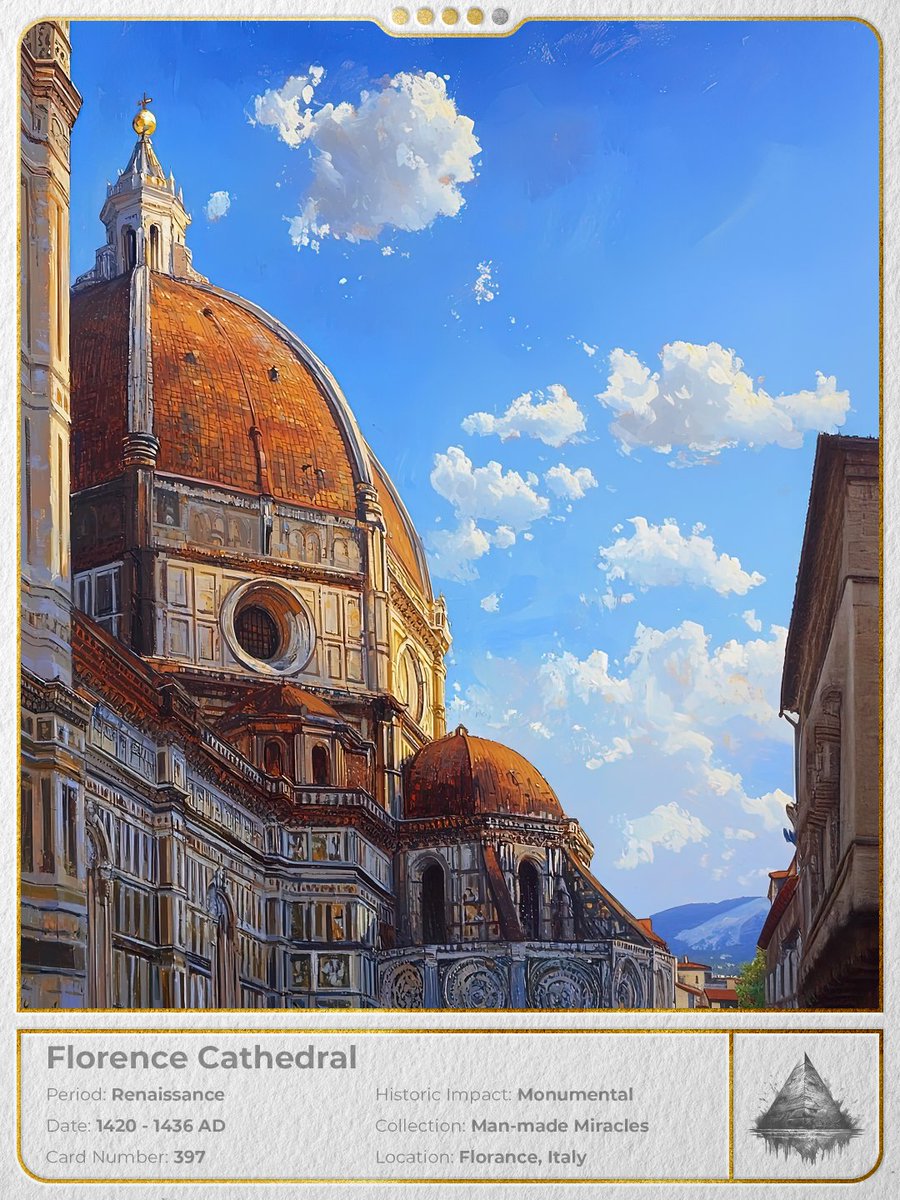
 The year is 1418. Florence needs a miracle.
The year is 1418. Florence needs a miracle.

 Born in 1254, Marco Polo grew up in a Venice alive with trade.
Born in 1254, Marco Polo grew up in a Venice alive with trade.

 The year is 1831. King Louis-Philippe signs a decree.
The year is 1831. King Louis-Philippe signs a decree. 

 The year is 1682.
The year is 1682.

 Their campaigns were defined by speed, strategy, and an unparalleled ability to instill fear.
Their campaigns were defined by speed, strategy, and an unparalleled ability to instill fear. 

 The year is 1174 AD.
The year is 1174 AD. 

 The Roman Empire had just barely survived centuries of civil war, plagues, and persecution.
The Roman Empire had just barely survived centuries of civil war, plagues, and persecution.

 First of all: Who is Michael?
First of all: Who is Michael?

 The year is 732.
The year is 732.